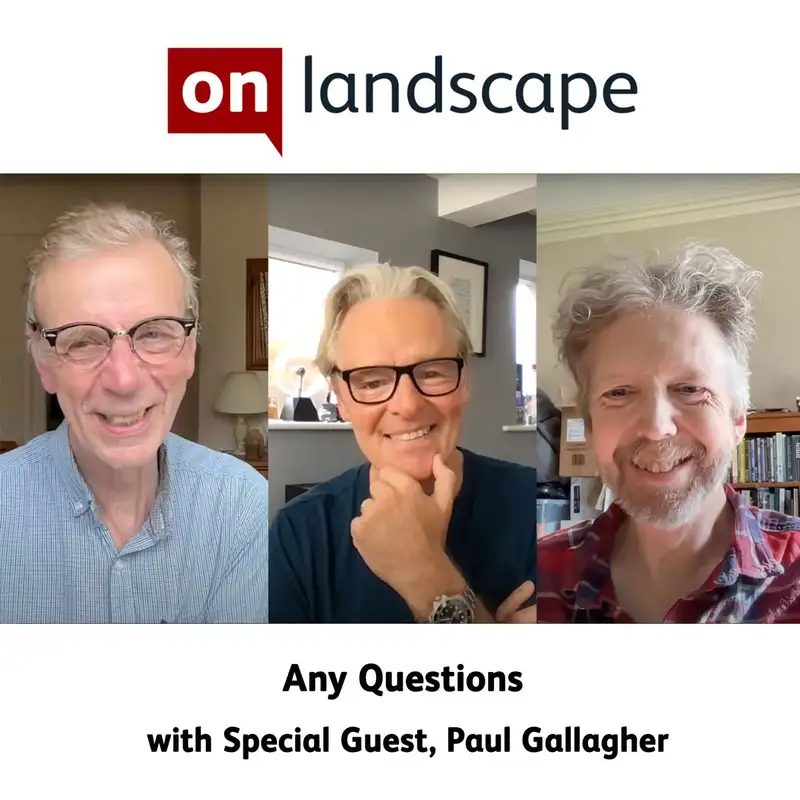Paul Gallagher
Summary
The conversation covers topics such as the value of English landscape photography compared to Europe, the public reaction to photography, the impact of air travel on carbon emissions, the role of photography in conveying a message, the use of saturation and white balance in color photography, and the importance of personal memory in capturing natural colors. The conversation explores the perception of color in photography, particularly in landscapes. The guests discuss how digital cameras often capture colors differently than the human eye, leading to the need for adjustments in post-processing. They also touch on the challenges of photographing green landscapes and the importance of desaturating greens to achieve a natural look. The conversation then shifts to the topic of black and white photography, with the guests sharing their experiences and preferences. They discuss the use of perspective control lenses, the benefits of pre-visualization, and the importance of tonality in black and white prints. The conversation concludes with a discussion on the joys and challenges of leading photography workshops and the value of seeing through other people's eyes.
Takeaways
The conversation covers topics such as the value of English landscape photography compared to Europe, the public reaction to photography, the impact of air travel on carbon emissions, the role of photography in conveying a message, the use of saturation and white balance in color photography, and the importance of personal memory in capturing natural colors. The conversation explores the perception of color in photography, particularly in landscapes. The guests discuss how digital cameras often capture colors differently than the human eye, leading to the need for adjustments in post-processing. They also touch on the challenges of photographing green landscapes and the importance of desaturating greens to achieve a natural look. The conversation then shifts to the topic of black and white photography, with the guests sharing their experiences and preferences. They discuss the use of perspective control lenses, the benefits of pre-visualization, and the importance of tonality in black and white prints. The conversation concludes with a discussion on the joys and challenges of leading photography workshops and the value of seeing through other people's eyes.
Takeaways
- The value of English landscape photography compared to Europe is uncertain, but photography in the UK is cherished and helps protect the landscape.
- The public reaction to photography is complex and varies among individuals, but there may be a lack of valuing landscape photography in the UK compared to the US.
- Photographers who travel extensively for their work are aware of the carbon emissions impact and feel a sense of guilt, but the demand for travel and exploration remains strong.
- A photograph doesn't have to say anything specific, but it can ask questions or convey the essence of a place and the photographer's experience.
- Subtle colors and understated images can be more appealing than oversaturated and epic vistas, and white balance plays a crucial role in capturing natural colors.
- Personal memory and the viewer's interpretation play a significant role in understanding and appreciating landscape photography.
- The use of social media has influenced photography, with many photographers aiming to make their images stand out through saturation and contrast.
- Understanding color relationships and managing white balance can help convey the emotional content of a landscape photograph.
- The greens in digital photography often need adjustment as they tend to be cool, and relying on color presets may not accurately represent reality.
- Personal style in photography is influenced by individual responses to landscapes and should not be forced or limited by trends or expectations. Digital cameras often capture colors differently than the human eye, requiring adjustments in post-processing to achieve a natural look.
- Desaturating greens is often necessary in landscape photography to create a more realistic and pleasing image.
- Black and white photography offers a different creative language and allows for a focus on luminosity and tonality.
- Leading photography workshops provides opportunities for learning from and being inspired by participants' unique perspectives.
- Seeing through other people's eyes can help photographers discover new ways of seeing and approaching their subjects.
Chapters
00:00 Introduction and Comparing English Landscape Photography
07:57 The Impact of Air Travel on Carbon Emissions
17:10 The Purpose and Meaning of Photography
25:07 Saturation and White Balance in Color Photography
31:03 The Importance of Personal Memory in Capturing Natural Colors
31:17 Exploring Color Perception in Landscape Photography
33:36 The Challenges of Photographing Green Landscapes
35:06 The Art and Technique of Black and White Photography
52:02 The Joys and Challenges of Leading Photography Workshops

